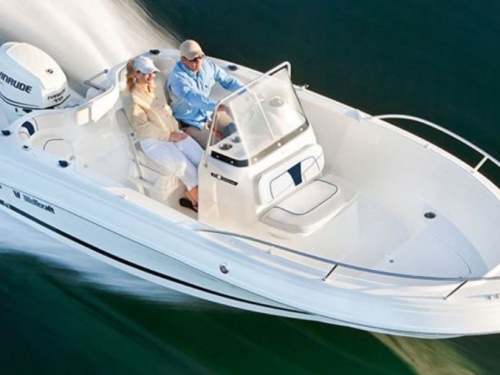Access More Boat Tests
Already have an account? Login
By submitting this form, you acknowledge that you have read and agree with the Privacy Policy & Terms of Use of BoatTEST.com.
Wellcraft 182 Fisherman (2018-)
Price
See the price by becoming
a BoatTEST member.
Members Must Log In
Brief Summary
The Wellcraft 182 Fisherman is an entry-level center console with an eye toward coastal fishing. With a 19-degree deadrise at the transom, and a broad, 8’ (2.44 m) beam, the hull manages a light chop with aplomb and is ready to cross bays and cruise along the shore in search of fish. Jump seats add to the comfort and versatility of the 182 Fisherman, but her most important feature is her carrying capacity which is eight people – the greatest in class.

